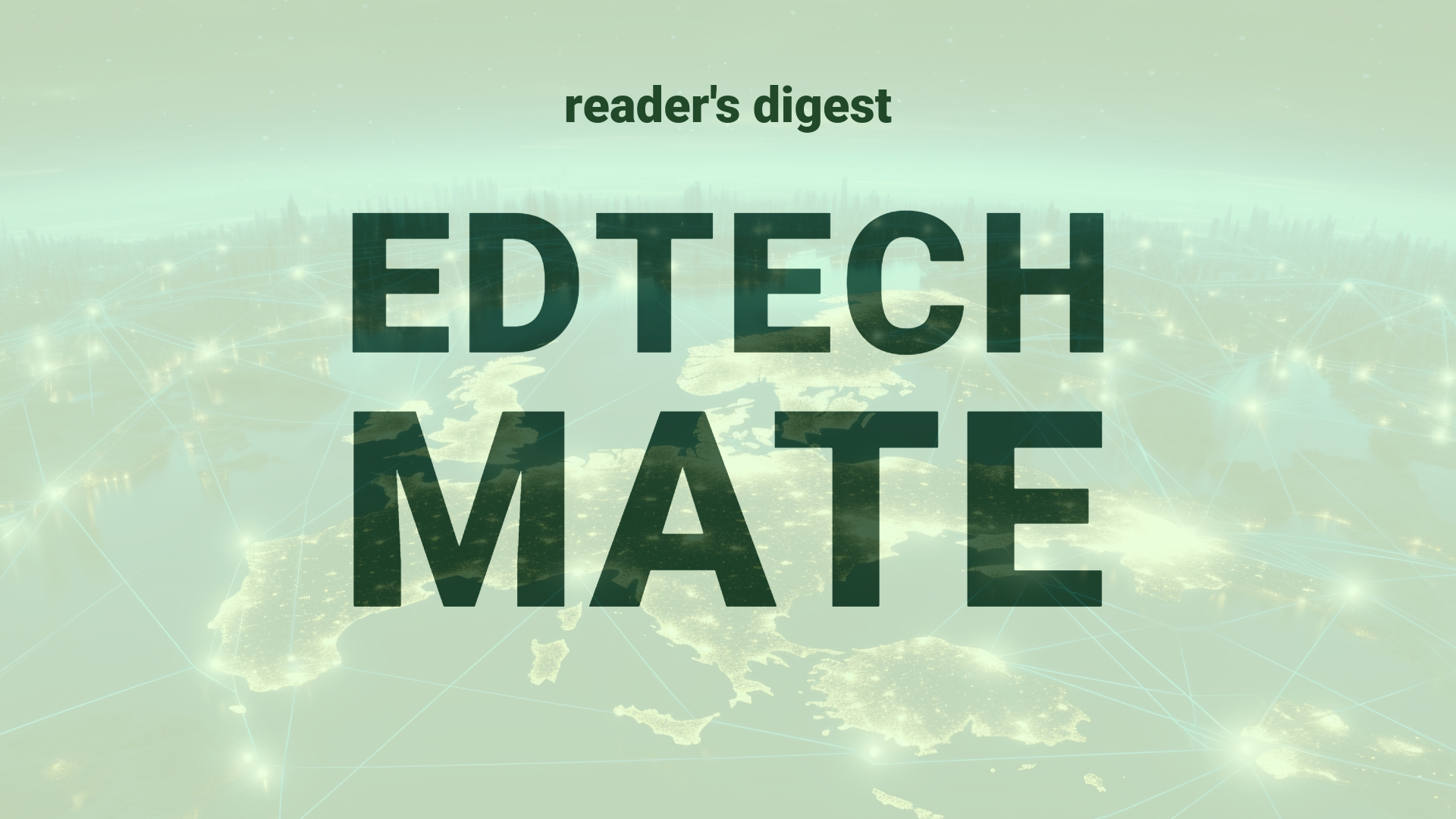Executive Summary and Main Points
In the context of global higher education dynamics, the digital transformation of the IT workforce is an emerging priority. Key innovations and trends include optimizing IT workforce composition with respect to full-time equivalents (FTEs), onshore, nearshore, and offshore sourcing models while balancing cost, productivity, digital maturity, and capability development. Modeling the future workforce is a foundational step but needs to be pressure-tested against the realities of execution. A strategic approach that employs an archetype-based framework helps in aligning workforce deployment with organizational requirements and creating scalable models, despite geographic and vendor diversity.
Potential Impact in the Education Sector
The discussed developments are likely to significantly impact Further Education, Higher Education, and the delivery of Micro-credentials. By adopting archetype-based workforce compositions, educational institutions can redefine their digital strategy to improve functions such as online learning platforms, student management systems, and research capabilities. Strategic collaborations between global institutions could facilitate the sharing of best practices and resources, contributing to the digital upskilling of the academic workforce. Additionally, this model supports the emergence of micro-credentials by aligning specific skills with market needs and enabling digital infrastructures that can provide personalized learning experiences.
Potential Applicability in the Education Sector
AI and digital tools could innovate global education systems by facilitating tailored content delivery, augmenting educational administration, and fostering virtual collaboration among students and faculty alike. For instance, AI-powered analysis can guide archetype-based restructuring by identifying skill gaps and training needs, while adaptive learning platforms can leverage the projected workforce models to offer a more bespoke educational experience that spans international borders. Furthermore, data-driven insights gleaned from these applications can refine recruitment and engagement strategies to attract global talent and foster diverse educational communities.
Criticism and Potential Shortfalls
A critical analysis reveals potential shortfalls such as the risk of overlooking skillset alignment, underestimating cultural differences, and managing time zone discrepancies. Comparative international case studies may show varying levels of success with archetype-based frameworks, contingent on local digital maturity and infrastructure. Academic institutions must also navigate ethical implications regarding workforce redistribution—potentially affecting local employment—and ensure that changes in sourcing do not compromise the quality of education or the stability and security of institutional knowledge.
Actionable Recommendations
To navigate the complex landscape of higher education, international educational leaders should consider implementing the following strategies: Initiate pilot programs to test the archetype-based framework within specific departments or for particular digital projects, invest in professional development and reskilling programs to ensure alignment with new workforce configurations, and explore strategic partnerships that enable knowledge sharing and leverage global talent pools. It’s crucial that such implementations are guided by a commitment to maintaining educational quality, ethical practices, and sensitivity to the diverse cultural contexts that characterize global education systems.
Source article: https://www.cio.com/article/1312940/an-archetype-based-approach-to-driving-your-global-workforce-transformation.html

